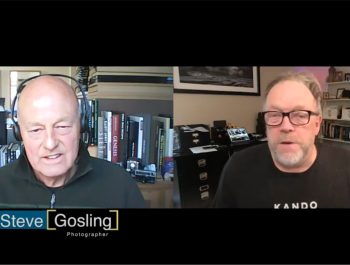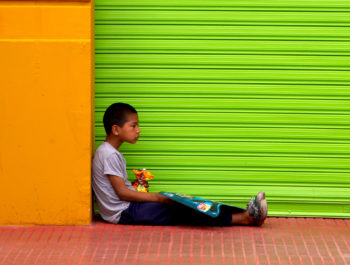Street vs Public Photography
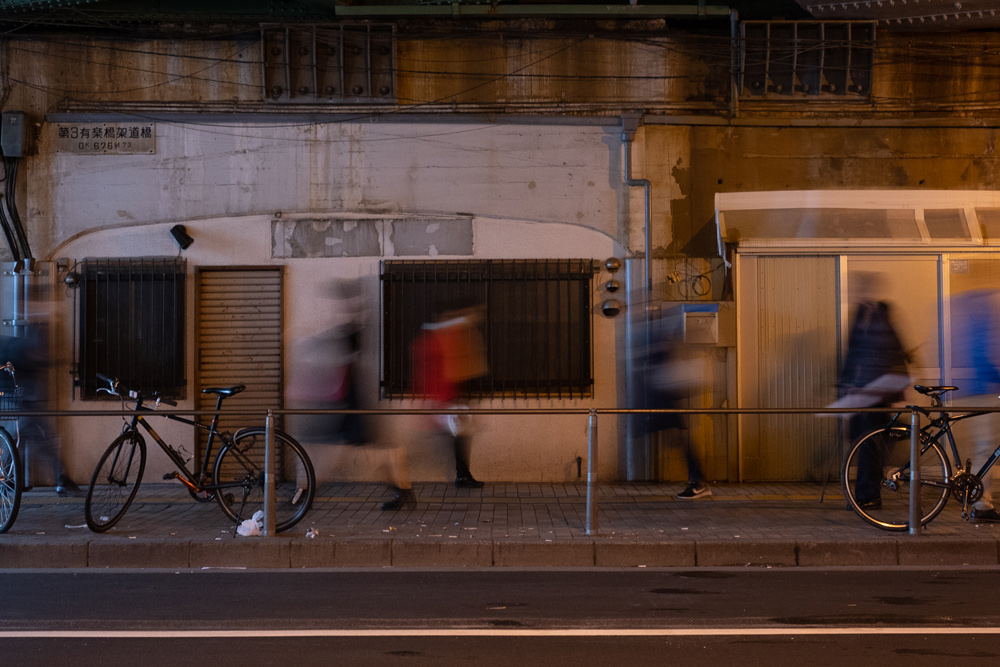
When explaining that I’m a street photographer, I often respond in two different ways.
The first is in reaction to people who don’t understand why I would want to make photographs that include strangers. Isn’t that a violation of privacy? Don’t people get mad at you? How do you earn money from that?
The other is responding to people who see street photography as a sub-standard category of photography. Isn’t it all derivative and cliché? It can’t be special if anyone with a smartphone does do it, right? How can you make any money from that?
Unlike other genres of photography, street photography seems to require its unique justification for existence. Though this isn’t a concern for dedicated practitioners, it can be an irritating distraction having to explain what street photography is and isn’t and why one chooses to do it.
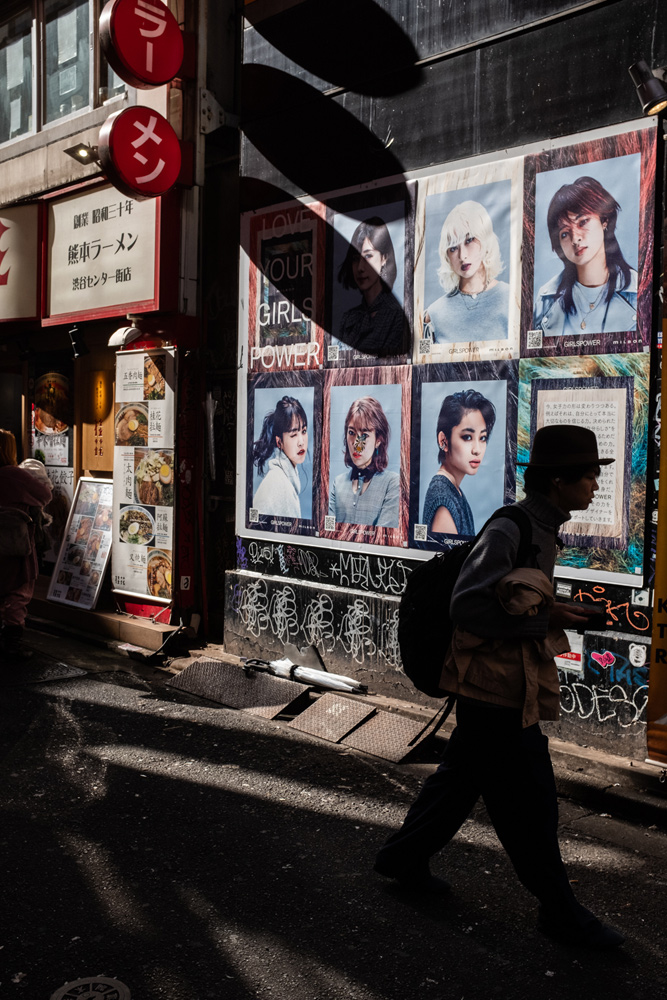
To do so is to go down a rabbit hole, where the debate of what qualifies as street photography becomes heated and exhaustive. I’m averse to spending energy on such debates when it could be better spent on making photographs. However, the question and the misunderstanding persist.
Public Photography
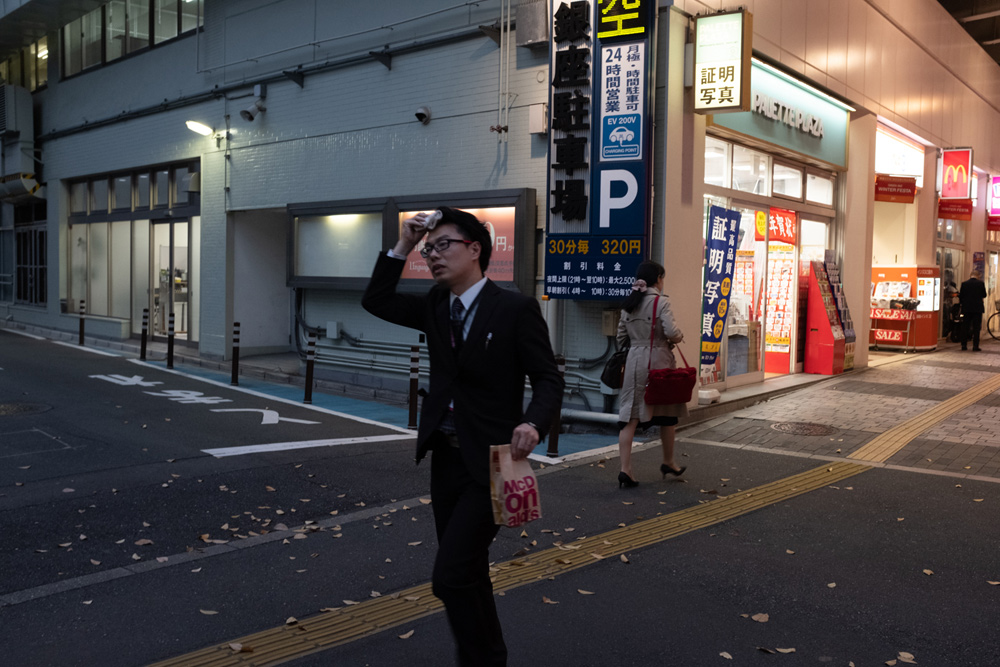
Photographer Nick Turpin offers a debatably better term to describe this photographic genre. He considers it “public photography”. While seemingly broad and encompassing, it avoids the rigidity of current definitions of street photography which relegate it to nothing more than images of strangers walking down a sidewalk.
Though the majority of what gets tagged as street photography on Instagram and Flickr appears to be people absently walking through a city, public photography is much more.
Public photography has always been part of the history of photography. One of the earliest photographs was of a Paris street in 1838 by Louis Daguerre. Because of the long exposure required to make the photograph, the only human figure is a man having his boots shined. His likeness only exists because he was still for the duration of the exposure, while everyone else on the street and the road kept moving. It is considered by historians as one of the world’s first street photographs.
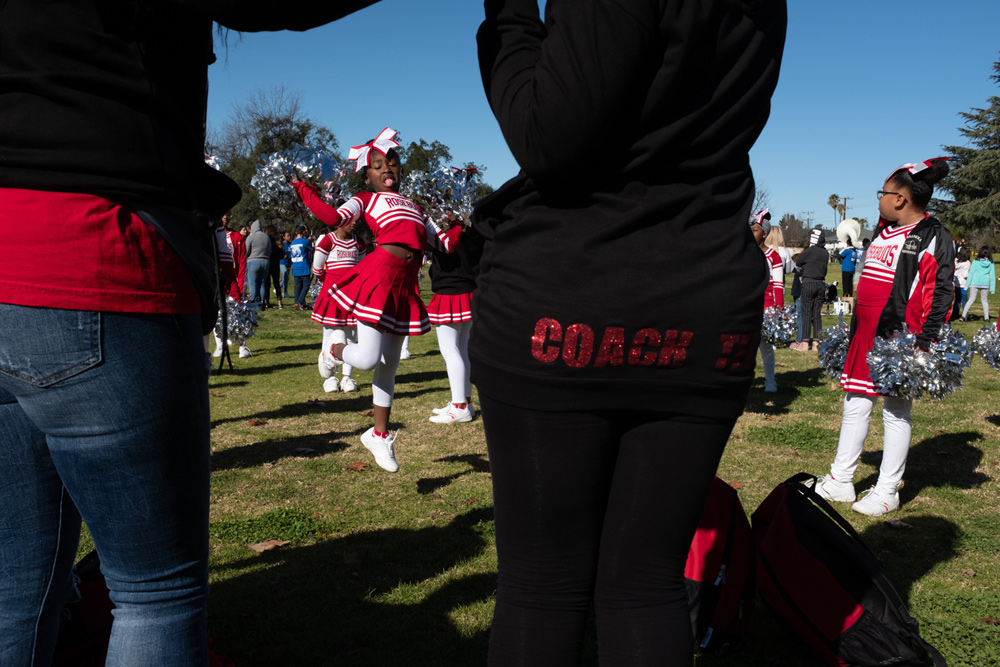
As technology improved with the introduction of hand-held cameras and more light-sensitive films, photographers documented public scenes whether found on the streets of a major metropolis or a rural village in Asia. It freed photographers from the confines of the studio and allowed them to document the ordinary world. It resulted in a new age in the world of photojournalism and documentary photography, evolving into the genre that we have come to understand as street photography.
The modern understanding of street photography is frequently associated with the era of Robert Frank and his book The Americans. It was a visual observation of the United States through the eyes of a foreign-born photographer. His photographs, shot with 35mm film and a Leica, captured the very public life of everyday America free of the polished and sanitized myths that were propagated in film, television, and magazines. The book which was lambasted by American critics upon release inspired a new generation of photographers not least of which were Joel Meyerowitz, Garry Winogrand, Diane Arbus, and countless others.
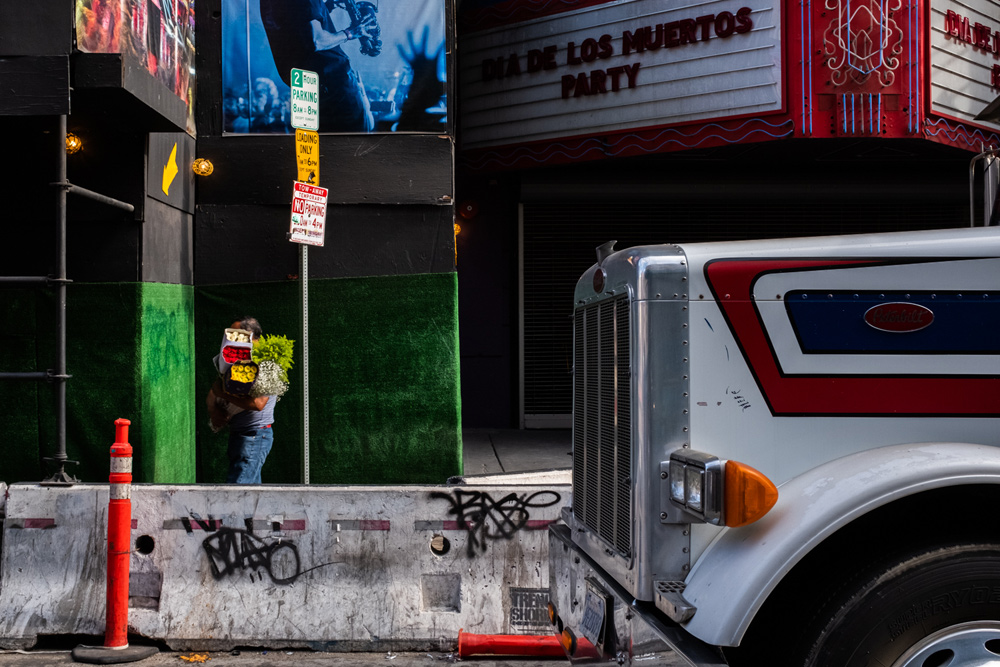
What you see in Frank’s work and that of his contemporaries was the practice of a “street photography sensibility”, which democratized what subjects, scenes and moments were worthy of being photographed. Moments could present themselves not only on a sidewalk but also in a local bar, a roadside diner, a public zoo or even an elevator car. Photographs were made of expansive spaces or small details. Even if they lacked a physical person, these photographs nevertheless suggested the presence of a human being in the scene. In the hands of these photographers, the ordinary became an honest interpretation of human existence, free of the burden of marketing and propaganda.
As Garry Winogrand famously said when asked why he made pictures, “I make photographs to see how things look photographed.” For him and many others, public photography was really about the experience of discovering the extraordinary in the ordinary.
Finding Connections

The discovery lay in the understanding that the best public photography was about building relationships. It was about creating connections between elements that in the world had no real relationship to each other, but which did within the confines of the photographic frame. It wasn’t just about the creation of a pleasing composition, but the potential of the photograph to do more than just document what was in front of the camera.
It created context while implying narrative. It could elicit surprise or laughter. While a sense of the beautiful could be conveyed through the photographer’s use of light and color, it wasn’t always a requirement for a successful “street photograph”. The inherent strength of the photographs was rooted in the unique and personal way the photographer observed the scene and that particular moment in time. The photographer succeeded when they conveyed that sense of discovery and recognition in the photograph.
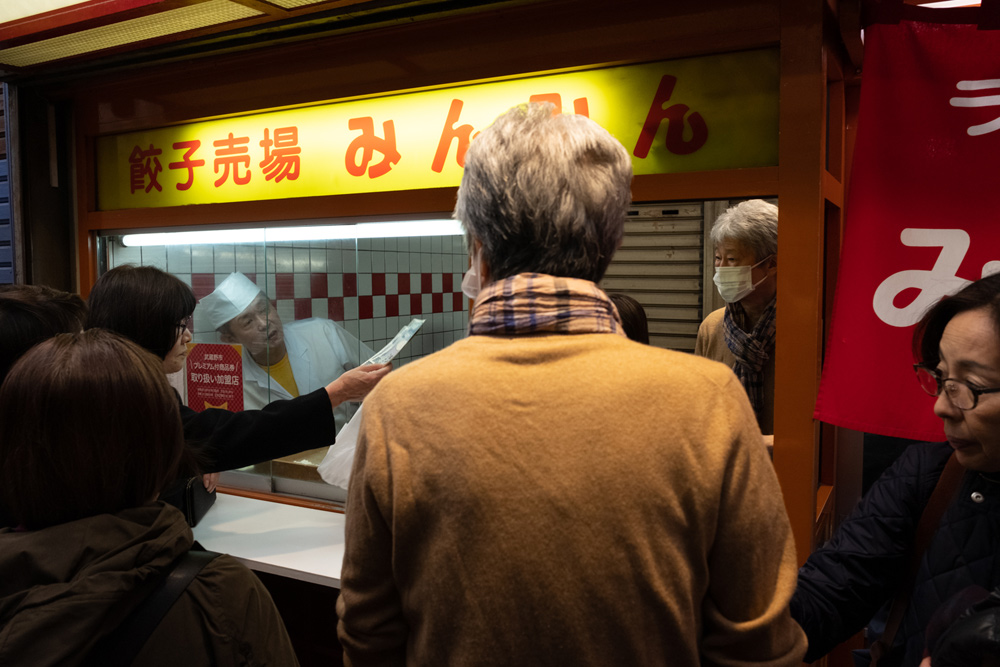
And therein lay the challenge. Each public photographer used the inherent chaos of the world as the raw materials for their art. Unlike the studio photographer, they had little to no control over light, background or subject matter. The only thing within their control was what they did with the camera and where they chose to stand.
But that very lack of control, of surrendering one’s self to the unexpected ebbs and flows of public life was what many street photographers found both enchanting and challenging. Not knowing exactly what was going to happen next became part of the allure. It was about developing a sense of potential and anticipation that led one to make a series of choices that resulted in an amazing photograph. It was the chase, even when faced with the likelihood of failure that made and continues to make street photography a fascinating practice.
The Development of a Sensibility
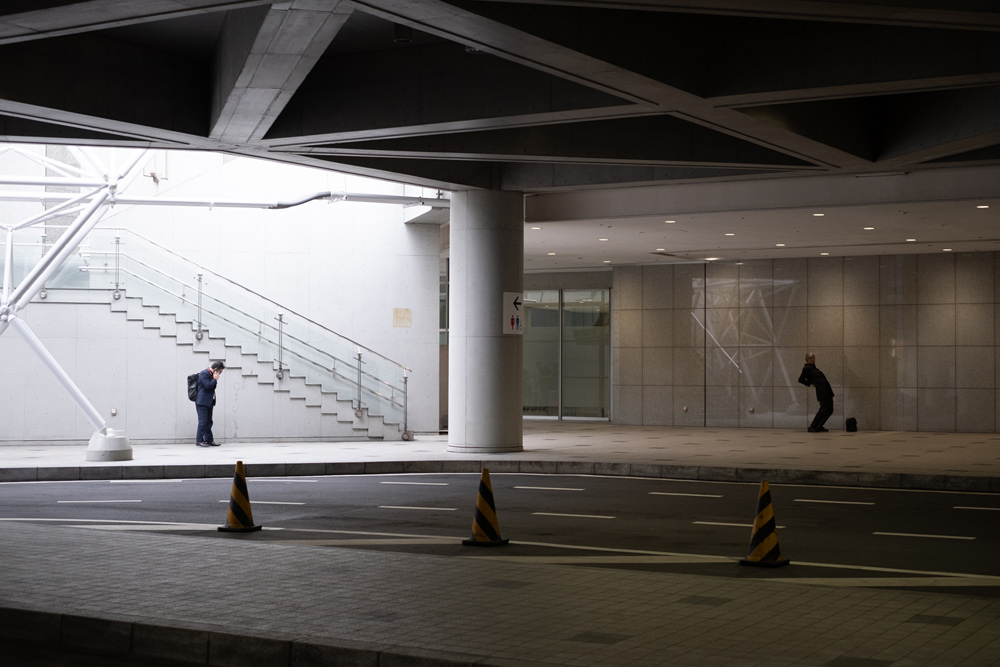
For myself and the hundreds of street photographers I’ve interviewed, it has been as much about the process as it has been about the finished photograph. Though each photographer described it differently, the experience was about synchronizing oneself with the rhythm of the street.
Despite its seeming chaos and randomness, the street can be observed in terms of patterns and repetitions. It is why experienced street photographers can share countless anecdotes about coming upon a scene where they sensed the potential for something even before it had occurred. They’d speak of how they’d begin putting the frame together to suddenly have the moment present itself.
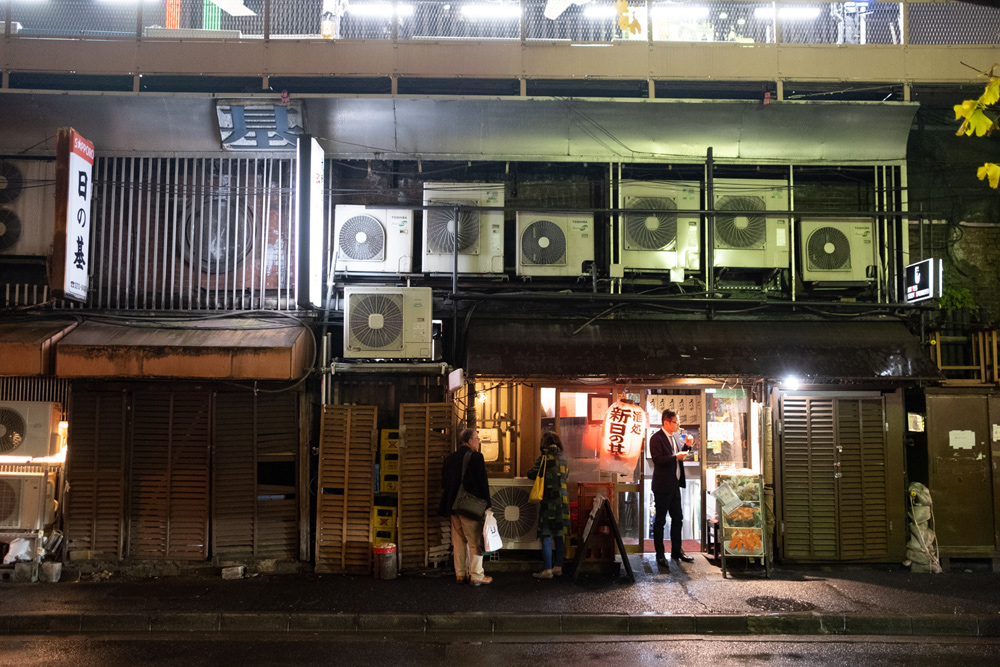
Some would think of it as nothing more than luck and that might be adequate for explaining a single image. Such reasoning falls apart when seeing the consistency of Alex and Rebecca Webb, Josef Koudelka, or Zoey Strauss.
These photographers had an understanding of their intention with a photograph which may not have included the human figure. It nevertheless possessed all the other elements whether natural or man-made, light or shadow, vibrant or muted colors. It was about how capable they were of finding meaning and sometimes beauty in the familiar and common, the things the rest of us often ignored or were indifferent to.
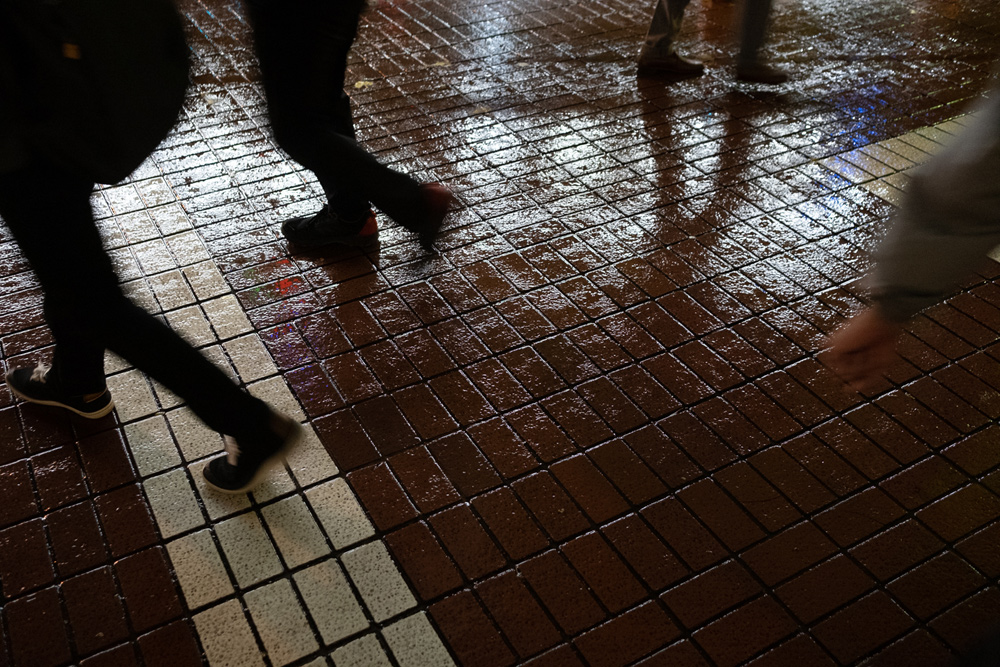
Modern practitioners of public photography exemplify the amazing diversity of imagery that can be created. They include Kwasi Boyd-Boldin’s urban landscapes of Los Angeles, Michelle Groskopf’s intimate street portraiture, and Niki Gleoudis’s long-term exploration of Miami Beach. Each takes aspects of street photography and make it their own.
And therein lies why public photography can be such a personal expression of who one is as a human being and not just as a photographer. It is a rare opportunity to take scenes and moments that are available to everyone but to share them in a unique and personal way. With this kind of photography, each photographer shares the way they perceived and experienced the world, and share it. It provides a chance for the viewer to see with a new set of eyes and declare, “I’ve seen that so many times, but never the way you did.”
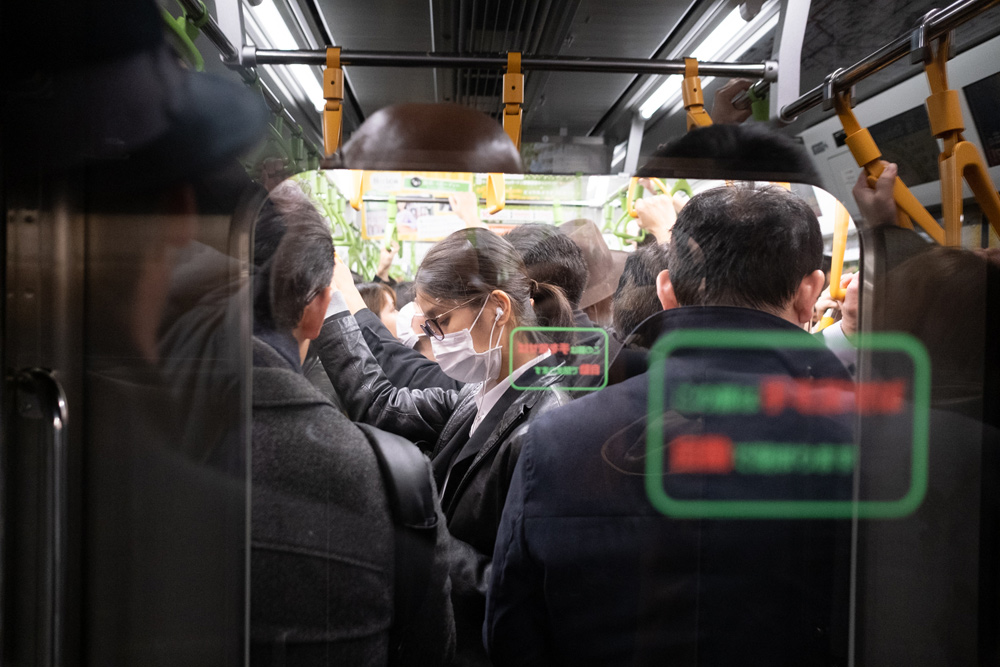
To see street photography as nothing more than the creation of ubiquitous public snapshots is a mistake and a missed opportunity. It is more than just a type of photograph. It is a means of personal discovery and expression that is unlike any other artistic practice.
For those that are lucky enough to understand and embrace that sensibility, there is an endless world of opportunity waiting outside their doorstep.

Publishers Note: Ibarionex Perello hosts one of the best and longest-running photography podcasts. His interviews are always interesting and enlightening. If you haven’t explored podcasts before, then this is a good place to begin. You can find his Podcast at The Candid Frame. I was fortunate enough to be interviewed on Episode 416. Ibarionex exudes a passion for photography and through his dedication to the love of photography he has a library of amazing talent that will live forever. Also, I must point out that he is also an amazing photographer and shares his passion through eBooks and workshops. I love his eBook Lessons from The Street. Please check out these links. Thank you Ibarionex for this article and hopefully more.
Ibarionex Perello
January 2020
Los Angeles, CA
Ibarionex Perello is a photographer, writer, and educator. Since 2006, he also has served as the host and producer of The Candid Frame photography podcast. The show has featured conversations with some of the world’s best established and emerging photographers including Dan Winters, Eli Reed, Pete Turner, Barbara Peacock, Douglas Kirkland, Maggie Steber, Ruddy Roye and hundreds of others. He has authored thousands of articles for magazine and has published 6 books on the subject of photography. His most recent title is Making Photographs: Developing a Personal Visual Workflow. He lives in the Los Angeles area with his wife Cynthia and Zoey.





